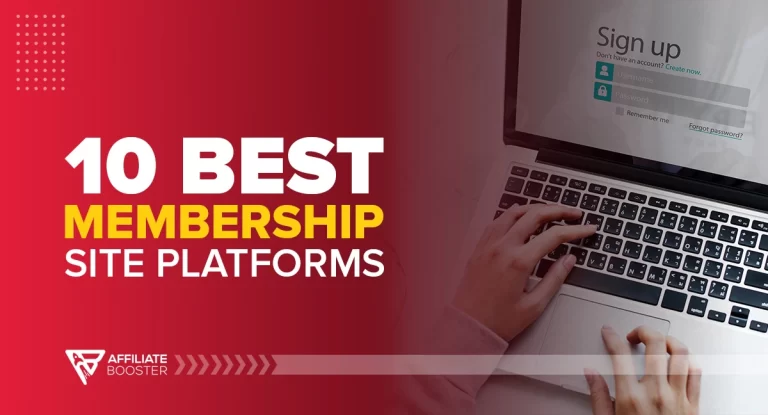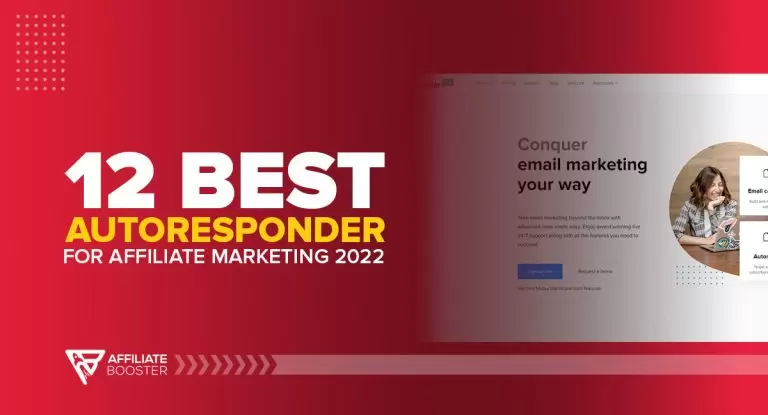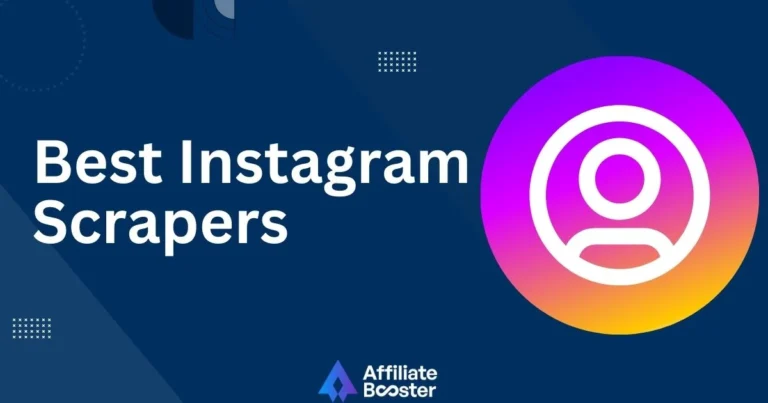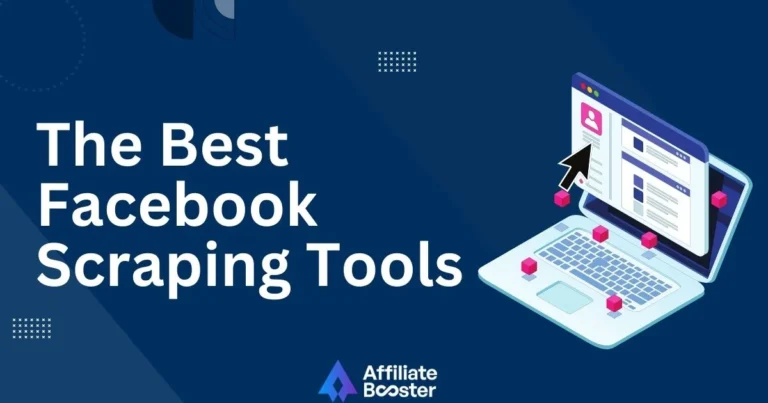Social media is full of Valuable Information, but collecting all that data manually? Nearly impossible. That’s where social media scrapers come in.
After years of using data tools, I know how crucial a fast, accurate scraper is. Whether you’re tracking trends, brand mentions, or leads, the right tool saves so much time. However, not all scrapers are the same—some are better for Instagram, others for Twitter, Facebook, TikTok or LinkedIn.
In this article, we’ll explore the best social media scrapers of 2025, their benefits, and how they can help you achieve your data extraction goals.
What Is a Social Media Scraper?
A social media scraper is a tool that automates the collection of publicly available data from social media platforms. These tools can extract user-generated content, hashtags, follower data, engagement metrics, and more, providing actionable insights for businesses, researchers, and analysts. Social media scrapers eliminate the need for manual data collection, saving time and resources while improving accuracy.
The Best Social Media Scrapers of 2025
1. Bright Data
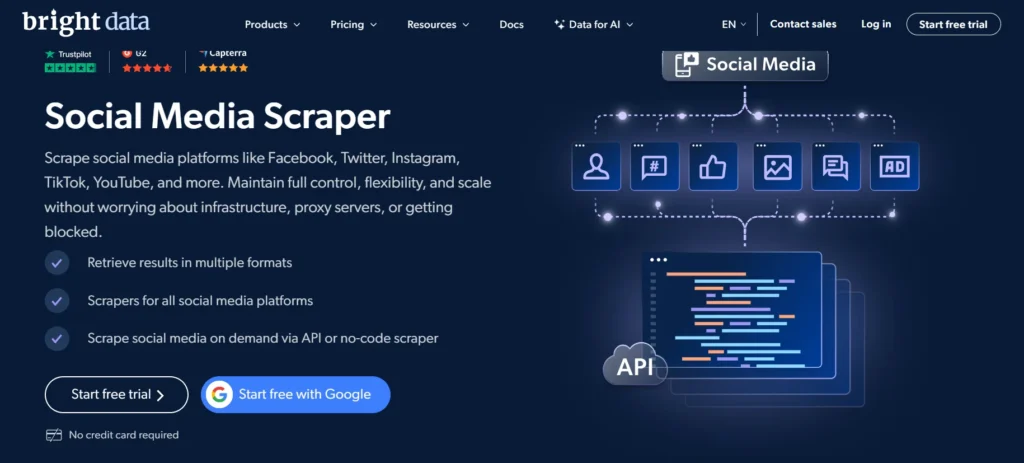
Bright Data is a trusted name for its large proxy network and robust data collection tools, making it ideal for social media scraping. It features specialized scraping APIs for platforms like LinkedIn and Instagram, allowing users to gather data smoothly and efficiently.
These APIs are built to overcome challenges like dynamic content and page restrictions. Bright Data also includes a Web Scraper IDE, enabling users to create, customize, and automate scraping tasks with ease.
This makes it a versatile and valuable tool for businesses and researchers needing social media data.
The platform supports scraping from multiple social media sites, including Facebook, Instagram, Twitter, and TikTok. Its advanced tools allow users to customize data extraction based on specific keywords, hashtags, or user profiles.
Pros
- Comprehensive proxy network for seamless access.
- Supports scraping from multiple social media platforms.
- Highly customizable scraping configurations.
- Excellent for real-time data collection and monitoring.
- High success rates for bypassing anti-scraping mechanisms.
- Detailed documentation and enterprise-level support.
- Ideal for large-scale and complex scraping projects.
Cons
- Premium pricing, suited for enterprise users.
- Requires technical expertise for advanced setups.
2. Smartproxy
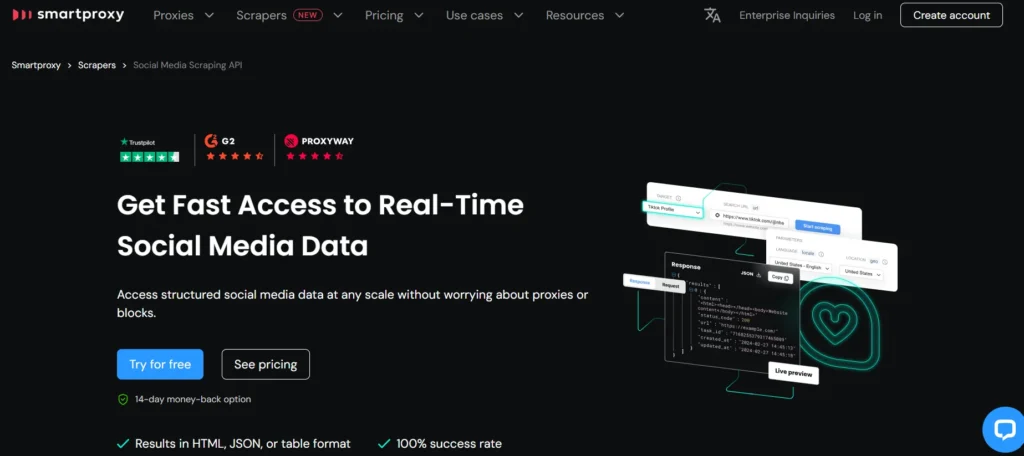
Smartproxy is known for its scraping tools, which are simple and easy to use. It has a social media scraping API that is made for platforms like Instagram and TikTok. This API makes collecting data quick and easy, even if you don’t have much technical knowledge.
With Smartproxy, you can gather social media insights without needing to know how to code.
It’s a great choice for marketers, researchers, and businesses who want to study trends and engagement.
Pros
- Affordable pricing for small to mid-sized businesses.
- Reliable residential proxies for smooth data extraction.
- Simple setup with minimal technical requirements.
- Supports scraping from a variety of social platforms.
- Flexible plans tailored to different usage levels.
- Good performance for hashtag and keyword tracking.
- Rotating proxies prevents bans and interruptions.
Cons
- Limited advanced features for enterprise needs.
- Does not include a built-in scraper; relies on third-party tools.
3. Oxylabs
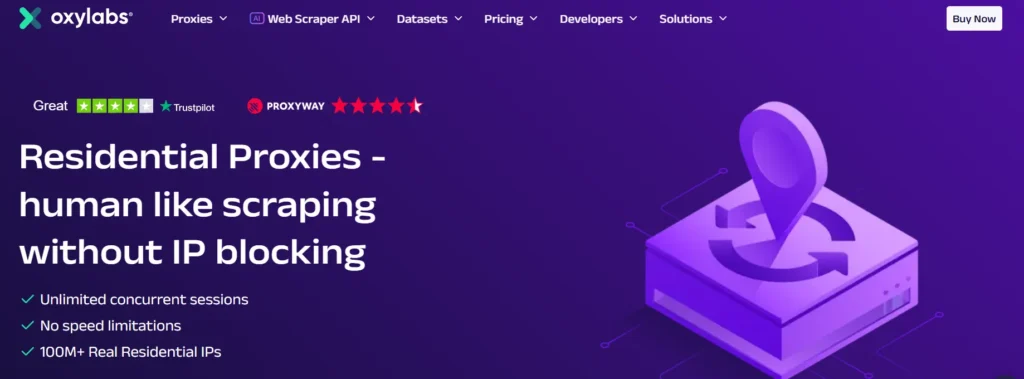
Oxylabs is one of the top tools for scraping social media. It has strong and high-quality tools that make it easy to collect data. Oxylabs offers special scraping APIs for platforms like Facebook and Twitter, which help businesses and researchers get organized social media data.
Their Social Media Scraper API works well with tricky site structures and dynamic content. They also have a Scraper APIs Playground, which is an easy-to-use feature for testing and creating API requests.
With its advanced tools and reliable technology, Oxylabs is a great choice for anyone who needs to gather important information from social media.
Pros
- Massive proxy pool for reliable and fast access.
- AI-driven tools for improved data extraction accuracy.
- Supports scraping from dynamic and complex websites.
- Excellent for large-scale and enterprise-level projects.
- Dynamic IP rotation ensures seamless operation.
- Customizable features for targeted scraping.
- Enterprise-grade customer support and resources.
Cons
- Expensive, suited for professional and enterprise users.
- Requires technical knowledge for optimal usage.
4. Apify
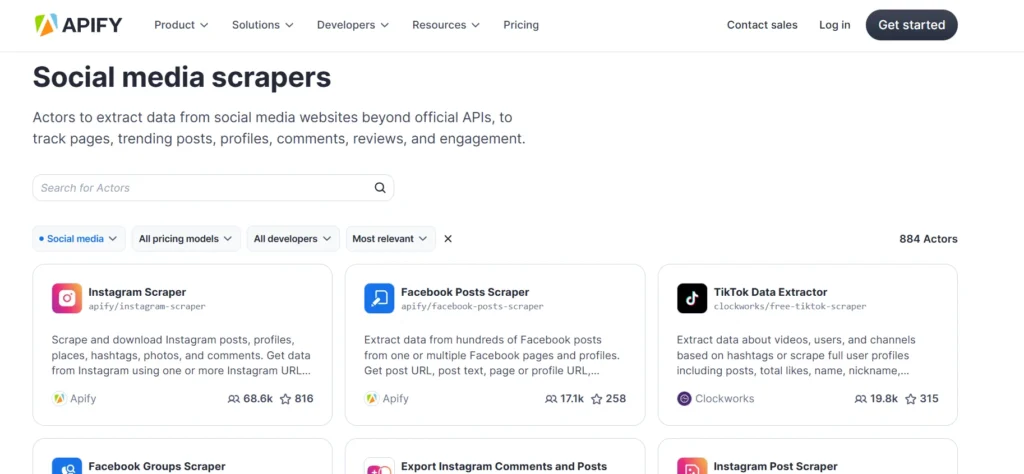
Apify is a great tool for scraping social media, making it simple to collect data. It has a large library of pre-made templates called Actors, which work like ready-to-use tools. These tools are available for platforms like Facebook, Twitter, and Instagram, so you can gather data without needing to code.
For example, Facebook Pages Scraper and Instagram Scraper allow you to collect posts, comments, and engagement data easily. Apify also allows customization, so you can change existing scrapers or create your own to meet specific needs.
Its support for multiple export formats, including JSON, CSV, and Excel, makes it easy to integrate scraped data into workflows. Whether you’re tracking brands, studying competitors, or doing market research, Apify is a flexible and easy-to-use option for social media scraping.
Pros
- Cloud-based platform with no local installation required.
- Pre-built scrapers for popular social media platforms.
- Highly customizable scraping options for specific needs.
- Exports data in multiple formats for easy integration.
- Great for hashtag analysis and engagement tracking.
- Scalable solution for small to medium projects.
- Good customer support and tutorials for beginners.
Cons
- Limited scalability for very large projects.
- Premium plans can be expensive for heavy usage.
5. ParseHub
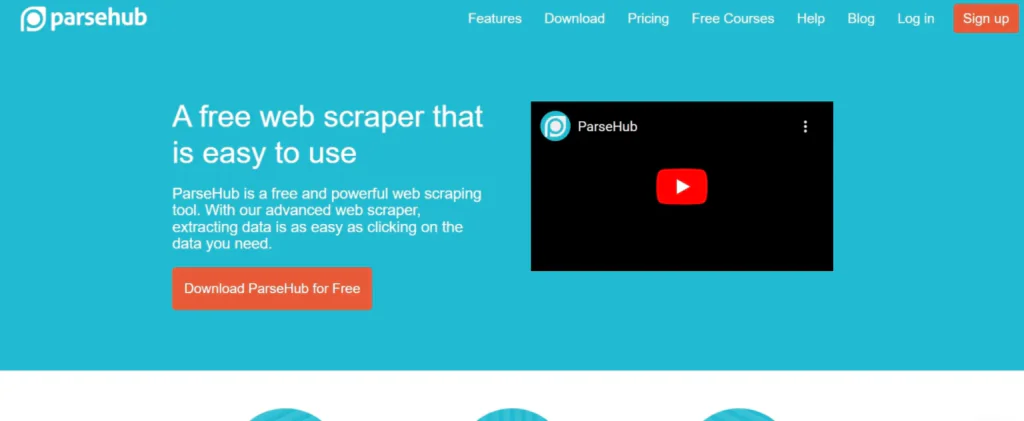
ParseHub is a great tool for beginners who want to scrape websites. It’s a desktop app that can collect data from many sites, including social media platforms like Facebook, Twitter, and Instagram. Its visual interface makes it easy to use, so you don’t need to know how to code.
This makes it perfect for people with no technical experience who want to get social media insights for research or business.
All of these social media scrapers have different features for different needs. The best one for you depends on your goals, skills, and the platforms you want to scrape. They all help you collect data quickly and easily.
Pros
- User-friendly interface with no coding required.
- Handles dynamic content and complex scraping scenarios.
- Suitable for scraping posts, comments, and profiles.
- Supports scheduling for automated data collection.
- Affordable plans for small businesses and individuals.
- Export options in CSV and Excel for easy use.
- Good for beginners and non-technical users.
Cons
- Limited scalability for large-scale projects.
- Fewer advanced customization options compared to other tools.
Types of Social Media Scraping Tools
Different scraping tools serve different needs. Here’s a quick breakdown:
- API-Based Scrapers: These tools use official APIs from platforms like Twitter or LinkedIn. They’re reliable and legal but often have limits, like access restrictions or rate limits.
- Web Scraping Bots: When APIs aren’t enough, bots extract data by navigating social media pages. Tools like Selenium handle this, but they must be used carefully to avoid breaking platform rules.
- No-Code Scrapers: Perfect for non-coders, these tools (e.g., Octoparse) use drag-and-drop interfaces to collect data, making them great for marketers or researchers.
- AI-Powered Scrapers: These advanced tools do more than scrape—they analyze data for trends or sentiment, turning unstructured data into insights.
- Custom Scripts: For total control, developers create custom scripts with tools like Python’s BeautifulSoup or Scrapy. This option requires coding skills but offers flexibility.
Why Use a Social Media Scraper?
Social media scrapers offer several advantages for individuals and businesses:
- Trend Analysis: Identify trending topics, hashtags, and sentiments to align your content strategy with current audience interests.
- Competitor Insights: Gather data on competitors’ performance, including post-engagement and follower growth.
- Lead Generation: Extract potential leads by analyzing user profiles, interests, and behavior.
- Market Research: Use scraped data to understand customer preferences, feedback, and demographics.
- Content Optimization: Analyze the performance of posts to refine your social media strategies for better engagement.
FAQs
1. Is social media scraping legal?
Social media scraping is generally legal for publicly available data. However, scraping private data or violating a platform’s terms of service may result in legal or account-related consequences. Always ensure compliance with relevant laws and platform policies.
2. What types of data can be scraped from social media?
Social media scrapers can extract posts, comments, hashtags, follower counts, engagement metrics, user profiles, and more. The specific data depends on the platform’s public availability and restrictions.
3. Are proxies necessary for social media scraping?
Yes, proxies are essential for social media scraping to avoid IP bans, handle rate limits, and bypass geo-restrictions. Rotating proxies ensures smooth and anonymous data extraction.
4. Can free social media scrapers be effective?
Free scrapers may work for small-scale projects but often come with limitations like slower speeds, restricted data access, and higher risks of detection. Paid tools offer better reliability, scalability, and support for professional use.
Quick links:
Conclusion
Social media scrapers make it super easy to gather data from platforms like Facebook, Twitter, Instagram, and TikTok. Whether you’re keeping up with trends, studying competitors, or hunting for leads, the right tool can save you a ton of time and effort.
From my point of view, tools like Bright Data, Smartproxy, and Oxylabs are perfect for large-scale projects in 2025. If you’re starting out or working on a budget, Apify and ParseHub are great beginner-friendly and affordable options.
The trick? Pick a tool that matches your budget, skills, and what you need from the data—it really makes all the difference!

